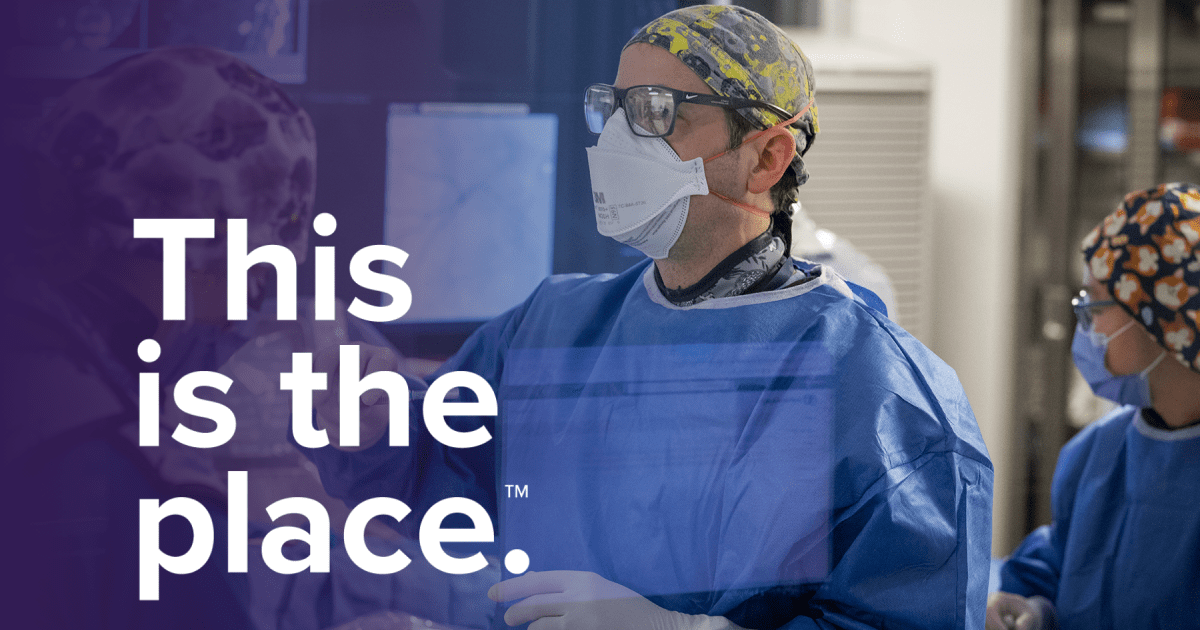Edison ‘tumor destroyer’ machine is promising cancer treatment

After Michigan Medicine’s research on the Edison machine to treat liver cancer was proven effective last September, the tool is now in the hands of physicians to use. The Edison machine uses histotripsy, a non-invasive, ultrasound-like procedure, to treat liver cancer with minimal side effects, and may have further applications for cancer treatment.
Biomedical engineering professor Zhen Xu, an initial developer of the Edison machine, wrote in an email to The Michigan Daily histotripsy generates microbubbles from nano- or micrometer-sized gas pockets inside the tumor to mechanically kill the tumor. It has shown a high success rate since its FDA approval.
“Histotripsy was approved by the FDA for non-invasive treatment of liver tumors in October 2023, therefore the long-term follow-up data is limited now,” Xu wrote. “Based on the Hope4Liver clinical trial, the technical success rate (successfully treating the tumor with a margin) is higher than 95%. The 1-year survival rate is on par with conventional treatments, however, patients enrolled in Hope4Liver trials were all late-stage liver cancer patients. This suggests that the effectiveness of the Edison histotripsy system is similar or better than conventional treatments.”
In an interview with The Daily, radiology Professor Mishal Mendiratta-Lala said different types of doctors worked with each cancer patient to ensure that the Edison is the best treatment option for them.
“At the University of Michigan, one thing that is very unique is that we do this in a multidisciplinary fashion,” Mendiratta-Lala said. “So we have our liver doctors — or our hepatologists — our liver surgeons, our transplant surgeons, our medical oncologists, our radiologists, interventional radiologists, all working together to come up with what criteria we think is appropriate to treat the patient.”
In an interview with The Daily, Nathan Loudon, fifth-year resident and a co-investigator in Mendiratta-Lala’s HopeForLiver trial, said the team was focused on evaluating the safety and efficiency of the Edison device for the treatment of liver tumors. He said the non-invasive nature of the technology causes minimal side effects for the patients.
“The worst (side effect) was bruising, so pretty minimal for a treatment modality that’s entirely external to the patient,” Loudon said. “From a recovery standpoint, people did really well. From a technical success standpoint, we had fantastic results. We treated everything that we intended to treat.”
Xu wrote the side effects of histotripsy seem to be less severe than those of other cancer treatments. However, there are some organs and areas of the human body that histotripsy may not be able to reach, such as lungs or bones.
“There is a risk of thrombosis when the portal vein is in the treatment region, but it is reversible by using anti-coagulation drugs,” Xu wrote. “There is a risk of potential pain when the treatment location is very close to the lung, bowel, or bone. There are locations that may not be reachable by histotripsy due to the blockage by the lung, bowel, or bone.”
Mendiratta-Lala told The Daily patients had to meet certain requirements to be a part of the trial.
“At the University of Michigan, (We treated patients with) less than six tumors in the liver and the largest tumor has to be five centimeters in size,” Mendritta-Lala said. “Then, if patients meet eligibility criteria, we review all patients and tumor boards to make sure that this is the best option and that there’s not a better option.”
Xu wrote the advancement of histotripsy can give patients and their families hope and makes it easier for clinicians to treat patients because of its quick and non-invasive properties.
“Clinicians and patients say that histotripsy is giving them new hope,” Xu wrote. “The conventional cancer treatments can cause severe side effects, including losing hair and appetite as well as severe pain and fatigue. Patients and family often lose hope after prolonged suffering after cancer and treatments. With histotripsy being the incisionless treatment, patients feel no pain and fast recovery, it gives them hope that they can fight cancer while still having a quality life. ”
Daily Staff Reporter Emma Sulaiman can be reached at [email protected].
Related articles
link







